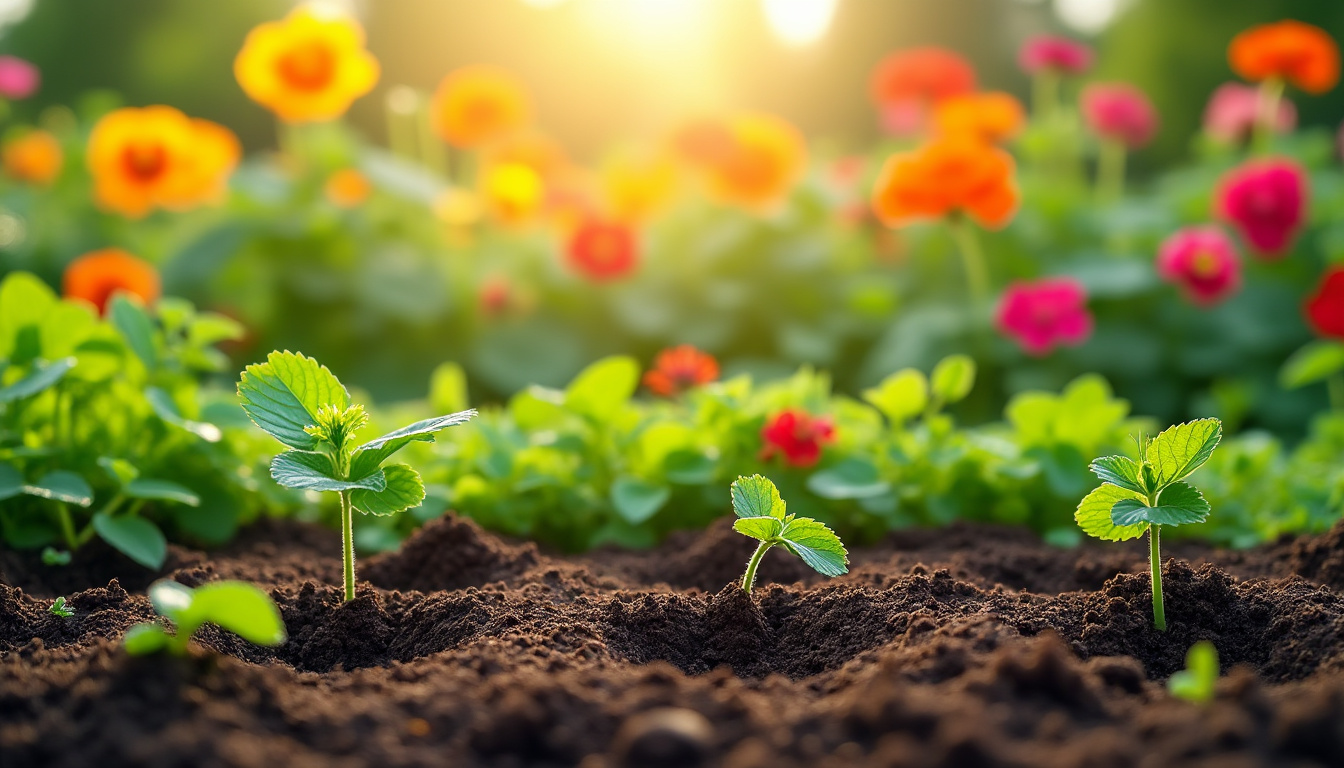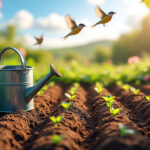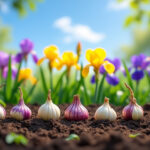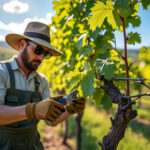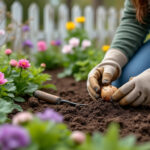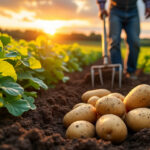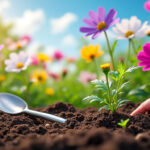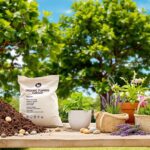The graceful nasturtium, with its vibrant colors and peppery taste, has captivated gardeners for generations. However, knowing the right timing for planting these seeds is crucial for ensuring their success. This guide delves into the factors influencing the optimal blooming of nasturtiums, such as frost dates, soil temperature, and light exposure. By understanding these elements, one can cultivate lush, colorful displays in their garden.
Understanding Frost Dates for Nasturtiums
One of the most critical elements to consider when planting nasturtium seeds is the local frost date. These dates indicate when the last frost in spring typically occurs, helping gardeners avoid planting too early and risking frost damage to tender seedlings. Each region has unique frost dates, and consulting local resources such as agricultural extensions can provide specific timelines.
| Region | Last Frost Date |
|---|---|
| Florida | Early March |
| New York | Late May |
| Colorado | Late May |
Nasturtiums should be planted after the last frost date to ensure they have the warmth necessary for healthy growth.
The importance of Soil Temperature
The soil’s temperature is another key factor in the successful germination of nasturtium seeds. Ideally, planting should occur when the soil reaches at least 60°F (15°C). If the soil is cooler, germination may be delayed or fail altogether. A soil thermometer can help gauge readiness, and readings should be taken in the morning when the ground is cool.
By ensuring that the soil temperature is optimal, the seeds will have the best chance of sprouting vigorously.
Optimal Timing for Various Regions
Regional variations also influence the best planting times for nasturtiums. For instance, gardeners in Florida may begin sowing seeds from March to April, while those in New York may wait until late May to June. Understanding local growth patterns and temperatures allows for tailored planting strategies that enhance the flowering potential of nasturtiums.
| State | Optimal Planting Months | Notes |
|---|---|---|
| Texas | March to April | Earlier planting in southern regions |
| California | March to May | Consider coastal conditions |
| Ohio | Late May to June | Post-frost planting suggested |
Cultivators can refer to this information to select the ideal months for sowing seeds, maximizing their blooms throughout the garden season.
The Role of Day Length
Another critical factor in the growth of nasturtiums is the length of daylight. These vibrant plants thrive best with 14 to 16 hours of sunlight daily, which directly correlates to their flowering capacity. Taller day lengths encourage better growth and more blooms, making it essential to consider sunlight exposure when planning the planting site.
Ensuring that nasturtiums are positioned in an area that receives full sun will significantly enhance their blooming potential.
Indoor vs. Outdoor Planting Methods
Nasturtium seeds can be started indoors or directly sown outside, with each method offering distinct advantages. Starting seeds indoors can extend the growing season by planting them four to six weeks before the last frost date. On the other hand, direct sowing once the soil has warmed allows for a more straightforward approach, minimizing transplant shock.
When to plant anemone bulbs for optimal growth
Maintaining Healthy Nasturtium Plants
To support the growth of nasturtiums, regular maintenance and care practices are essential. Watering consistently while avoiding root rot through overwatering is crucial for these plants. Deadheading flowers encourages more blooms, ensuring a continuous display of color.
| Care Aspect | Best Practices |
|---|---|
| Watering | Moist, not saturated soil |
| Fertilization | Light feeding with balanced fertilizer monthly |
| Pest Control | Use insecticidal soap for aphid control |
Routine care ensures that nasturtiums remain vibrant throughout the growing season.
Frequently Asked Questions
What is the best time to plant nasturtium seeds?
Plant nasturtium seeds in the spring after the last frost date for your area.
How can I ensure successful germination?
Keep the soil warm and consistently moist, ensuring temperatures are above 60°F (15°C).
Are there companion plants for nasturtiums?
Nasturtiums pair well with tomatoes and cucumbers while repelling pests; avoid planting them with brassicas.
Can nasturtiums grow in containers?
Yes, they thrive in containers with proper drainage and sunlight.
What temperature is ideal for growing nasturtiums?
Nasturtiums generally prefer daytime temperatures between 65-75°F (18-24°C).

